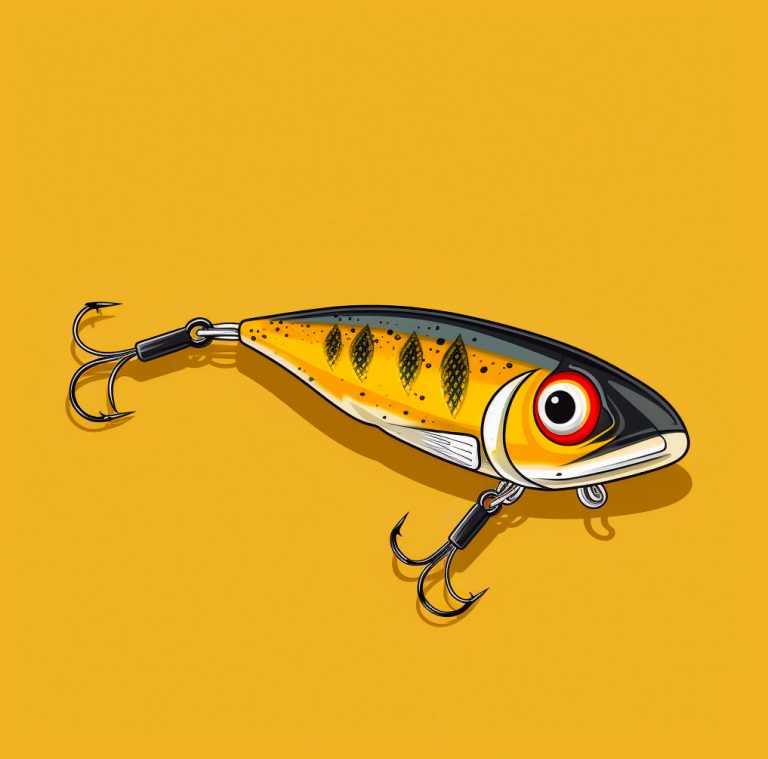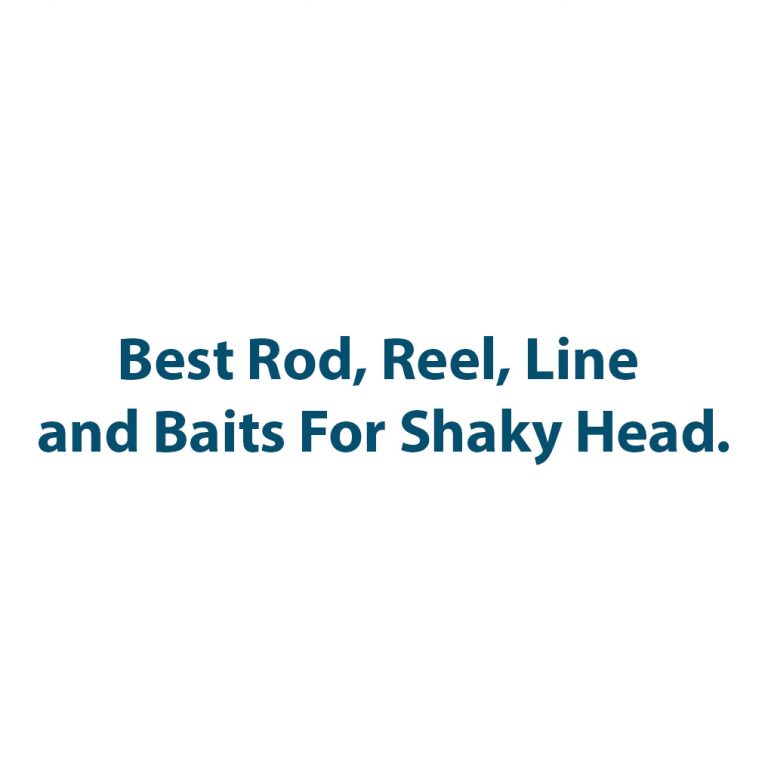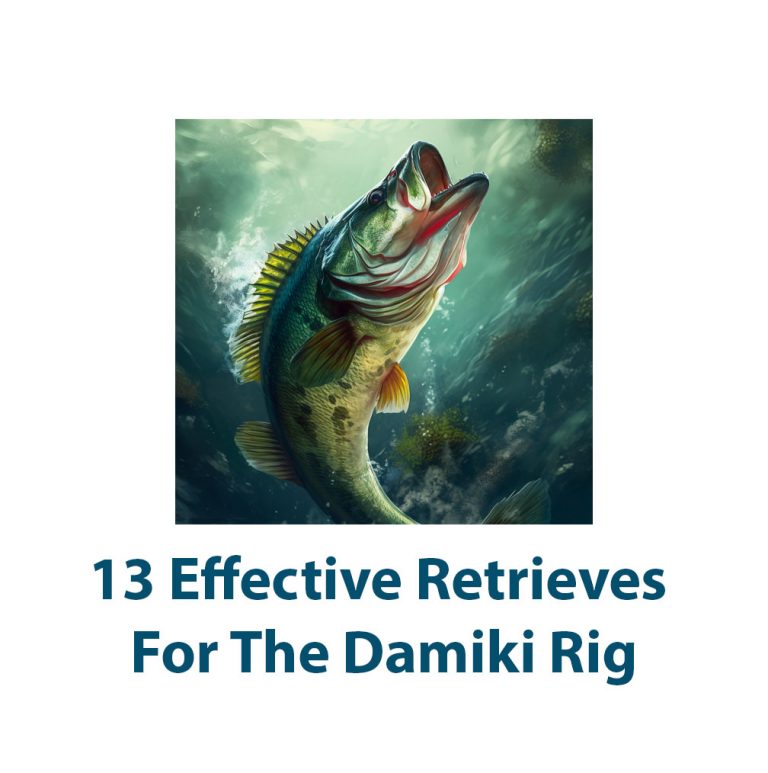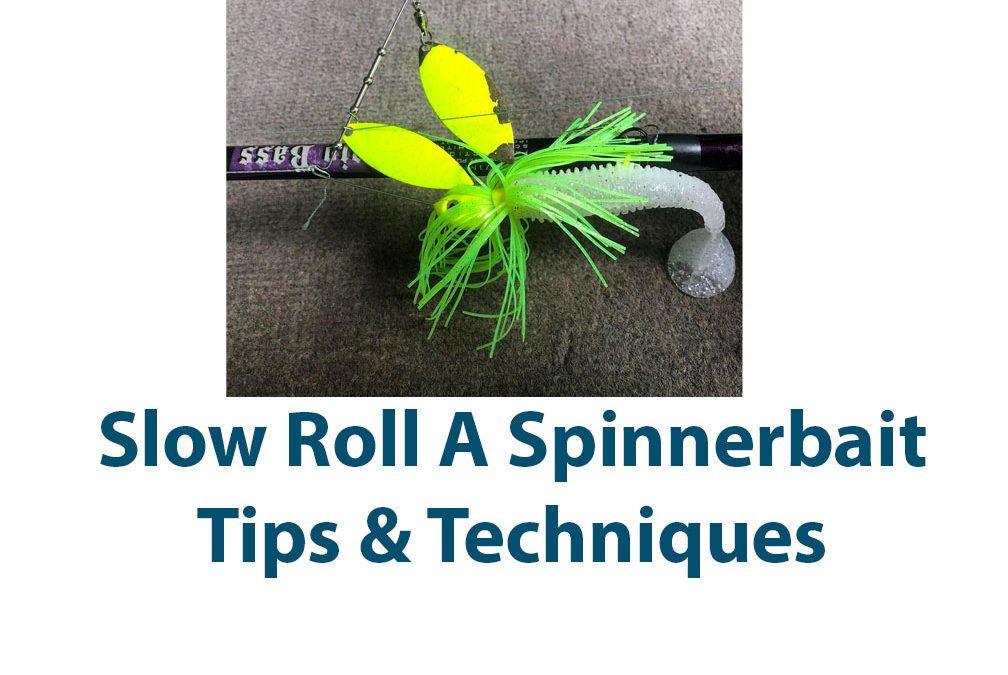Slow Rolling A Spinnerbait: A Comprehensive Guide
I enjoy fishing a lot, and I’ve experimented with a variety of methods and equipment to get the best catches. Slow rolling a spinnerbait is a method that has regularly worked for me. Using this method, the bait is brought up slowly and steadily so that it can swim through the water naturally wobbling. I’ll cover everything I know about slow rolling a spinnerbait in this complete guide, including its idea, useful tools, methods, and cutting-edge tactics.
Part 1 – Understanding the Concept of Slow Rolling a Spinnerbait
It’s crucial to comprehend what the slow roll technique includes before you can use it properly. In essence, slow rolling involves retrieving the spinnerbait more slowly than you would normally. Using the slow roll approach allows the bait to continue swimming through the water with a more natural swimming motion, simulating the movements of wounded animals, as opposed to the traditional method, which often entails a quick, aggressive retrieve.
The main idea behind slow rolling is that it gives the bait a more appetizing presentation, encouraging fish to bite. After all, fish are rarely actively thinking about feeding when they are passive. However, a bait that appears damaged can lead them to believe differently. A slow-rolling spinnerbait attracts a fish’s attention and awakens its predatory instincts because of its subtle and irregular oscillations.
Slow rolling, though, is not without its difficulties. You must continuously move your spinnerbait when employing this technique in order to replicate the enticing wobbling effect that fish commonly discover to be attracted to. Additionally, because this method calls for a slower retrieve, hooking fish may require more patience than with conventional high-speed retrieves.
Part 2- Choosing the Right Spinnerbait for Slow Rolling
Selecting the right spinnerbait is an important consideration for success in slow rolling. When choosing a spinnerbait for this technique, you’ll need to factor in the following elements:
Blade Type and Size
Any spinnerbait must have a blade since it is the one who generates the vibrations that draw fish. For slow rolling, it is crucial that you select the proper blade size and type. Larger blades typically generate more vibration and noise, which can draw in fish from a further distance. Due to their wide and rounded design, which causes a lot of water disturbance, Colorado blades are frequently the finest variety for slow rolling. A tandem blade setup may also be something you want to think about because it can give the water a special vibration.
Skirt Material and Color
The skirt is the next element to take into account. The skirt’s job is to conceal the hook and give the bait more movement. It gives the spinnerbait a more organic, living appearance. In light of this, you should wear a skirt that moves naturally and fluidly underwater. For slow rolls, soft silicone skirts with a lot of flexible strands are typically the ideal choice. It will contribute to the desired appeal of the water and make fish more tempted to strike. Depending on where you fish, colors may also be important. I advise picking a color that complements the main forage in your nearby waterways. Brown, green pumpkin, and white are typical slow rolling colors.
Weight and Size of the Spinnerbait
The success of your slow-rolling efforts can be determined by the size of your spinnerbait. With the larger weight for deeper or choppy waters, you should pick a size that is suited for the species of fish you intend to capture. A spinnerbait that is too small or too heavy may not have enough action or movement in the water to catch fish. It is best to try out various sizes and weights until you find one that works for the fishing spot.
Part 3 – Gear and Equipment for Slow Rolling
Aside from selecting the right spinnerbait, having the appropriate gear and equipment is also integral to success in slow rolling.
Using the Appropriate Rod and Reel
To keep control of the spinnerbait when slow rolling, you’ll need a fishing rod with some stiffness. The best rod for the job is medium- or medium-heavy in weight. Your choice of reel will rely on your preferences. I often use a reel with a gear ratio of 6:1 and a quick drag system.
Line
An appropriate line is essential for slow rolling. I recommend a fluorocarbon line, as it provides both sensitivity and strength. Generally, a 12 to 15 lb test is perfect for slow rolling.
Part 4 – Techniques in Slow Rolling
Now that you know what spinnerbait and gear to use when slow rolling, the following techniques will help ensure that you use the slow roll method effectively.
Choosing the Right Retrieve Speed
It is crucial to understand that slow rolling does not imply inactivity. Instead, it relates to how quickly you pull the bait out of the water. Determine what works in the area you are fishing by experimenting with various speeds while slow rolling. It’s important to understand the difference in reel speed since slow rolling is frequently not as slow as many beginning anglers may believe. Retrieving the bait at a rate that creates a consistent pounding sound against the water is one technique you might attempt.
Adjusting to Different Weather and Water Conditions
The success of slow rolling can be significantly influenced by the weather and the state of the water. Slow rolling is best done under cloudy, overcast weather since there are more likely to be fish lurking close to the surface. The quality of the water is also crucial. The spinnerbait’s vibrations are reflected back in murky water, increasing its visibility to prey. The spinnerbait’s vibrations, on the other hand, have the potential to startle nearby fish in clear water. It’s preferable to keep the bait at a distance and retrieve it slowly while gently rolling in clear water.
Effective Casting Strategies
Another crucial component of slow rolling is casting. To give the bait a more natural drift, you should aim to cast in the wind’s direction. Keep the rod tip aimed at the lure while casting, and be prepared to begin reeling in the line as soon as the spinnerbait hits the water. Always be patient and give the bait time to work.
Part 5 – Tips for Successful Slow Rolling
There are a few tips that can help ensure success when slow rolling.
Reading the Water
Reading the water you’re fishing in is one of the most crucial things to accomplish when slow rolling. Consider the depth, the nature of the bottom, and any potential cover, such as rocks, logs, or weed beds. Your chances of catching a bite might be considerably increased by slowly rolling a spinnerbait in these regions.
Locating Fish
Finding fish is the most important step in catching them. Take note of any surface ripples, swirls, or jumping fish that might be indications of fish activity. Additionally, pay attention to any baitfish that may be present in the water because predators are probably present there. You’ll have a better chance of catching a bite if you fish in locations where fish are more likely to be present.
Adjusting to Fish Behavior
The weather, the water, and other elements can all have an immediate impact on fish behavior. Watch how the fish react to your slow-rolling spinnerbait when you’re out fishing. Change your blade size, presentation, or speed if they don’t appear interested. The secret to successful slow-rolling is to keep an eye out for fish behavior.
Part 6 – Advanced Strategies for Slow Rolling
If you’ve mastered slow-rolling, there are more advanced strategies that you can employ to increase your chances of catching fish.
Combining with Other Techniques
Slow rolling can be used in conjunction with other fishing methods like jerking and twitching to increase the bait’s appeal. You can further draw predators to the bait by jerking or twitching the bait in a coordinated manner to make it appear hurt.
Part 7 – Conclusion
A spinnerbait can be used to catch fish by slowly rolling, which is both productive and fun. Anglers can make effective catches using the correct spinnerbait, equipment, and techniques, despite the technique’s limitations. To maintain getting better at fishing, anglers must constantly try out new tactics and stay up to date on fish behavior. Anglers may learn the technique of slow rolling a spinnerbait if they practice it regularly, have patience, and follow the advice and suggestions in this book. In the end, it’s all about enjoying yourself when fishing and getting back to nature.

Jerkbaits For Bass: For Quality And Numbers
As an avid bass angler, I’ve tried all sorts of lures over the years. But there’s one type of bait that has consistently produced results for me – jerkbaits. These versatile lures have become a mainstay in my tackle box and are my go-to choice when targeting bass. In this comprehensive guide, I’ll share everything […]

Best Rod, Reel, Line and Baits For Shaky Heads
Introduction Hey there, fellow fishing enthusiasts! Are you ready to dive into the exciting world of shaky head fishing for bass? Well, you’re in luck because today we’re going to explore the best rod, reel, line, and baits to use for this popular technique. Whether you’re a beginner or a seasoned angler, having the right […]

Chatterbaits In Every Season For Bass
When it comes to bass fishing, we all know that having the right gear and techniques can make a huge difference in your success. That’s where chatterbaits come in. These versatile lures are effective in all seasons, from winter to fall. But how do you know which ones to use and when? As an avid […]

Guide For 13 Effective Retrieves For The Damiki Rig
As a fishing enthusiast, I have always been amazed at how the right retrieve can make all the difference in the world when it comes to catching fish. Recently, I have been experimenting with the Damiki rig and have been blown away by its effectiveness. However, with so many different retrieves to choose from, it […]

Jerkbaits in Every Season For Bass
Hey there, my fellow fishing enthusiasts! Are you tired of using the same old baits all year round? Well, today we’re going to talk about something that will spice up your fishing game – jerkbaits! And not just any jerkbaits, but jerkbaits that you can use in every season for bass fishing. I know, I […]

Swim Jigs For Bass: A Comprehensive Guide
Introduction As a bass angler, I’ve always been intrigued by swim jigs. They’re one of the most talked-about and effective lures in the sport, but there’s something about them that always left me perplexed. What is it about swim jigs that make them so effective? How do you choose the right one for each situation? […]

